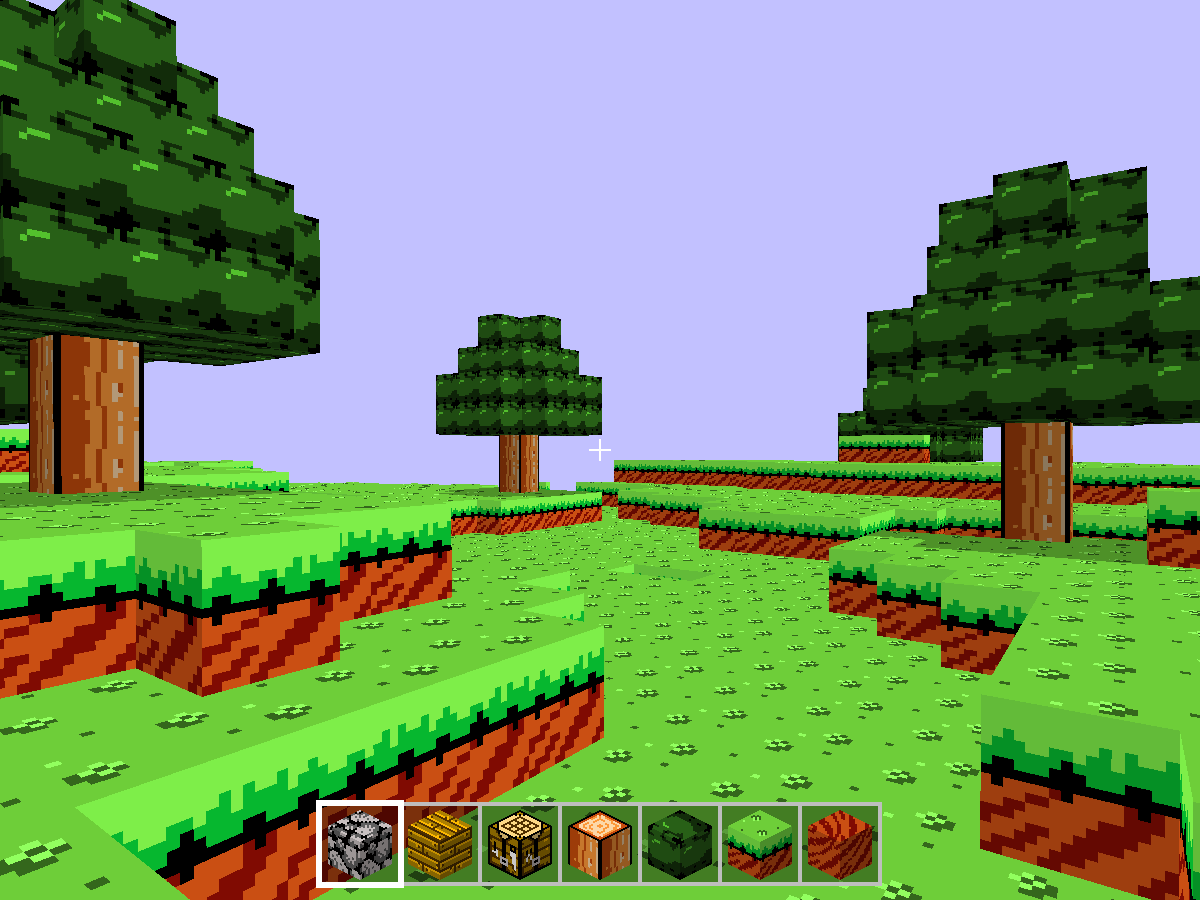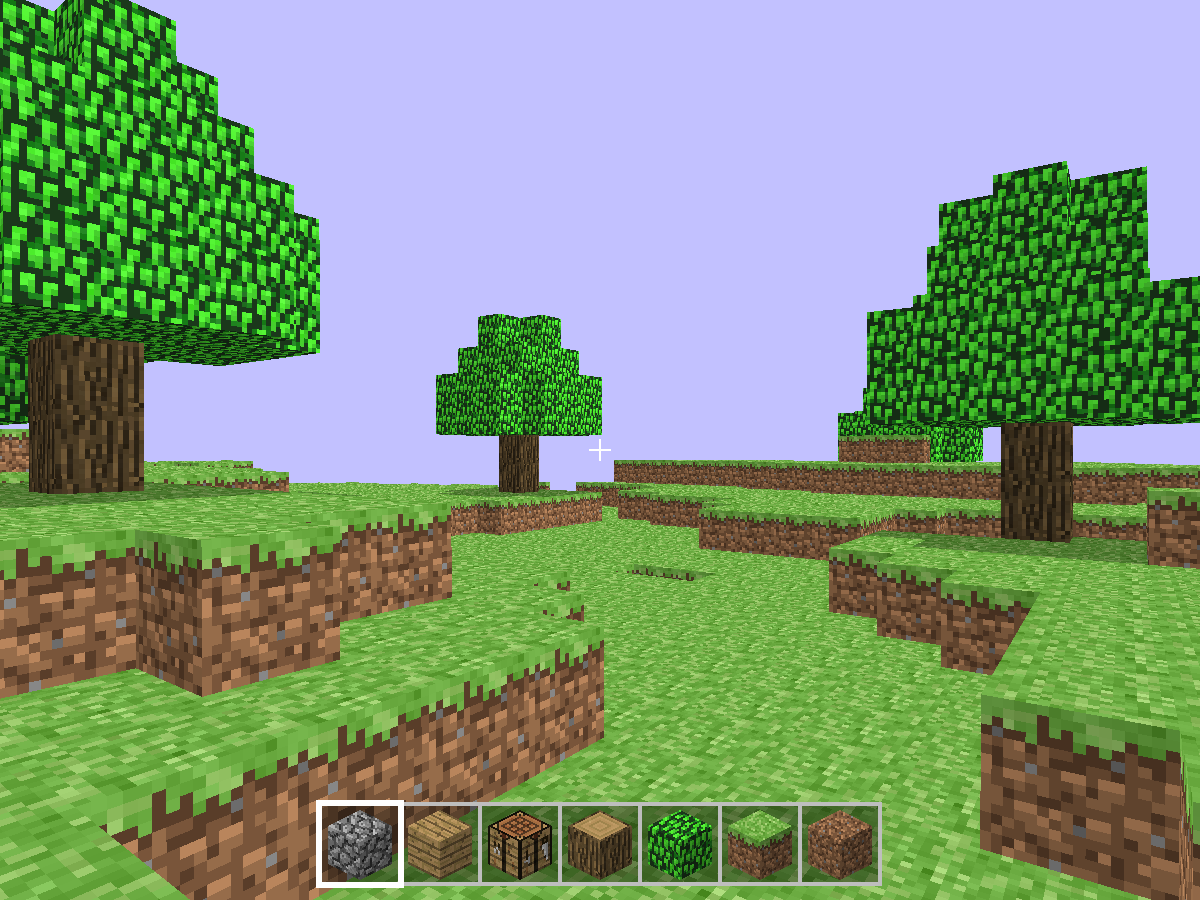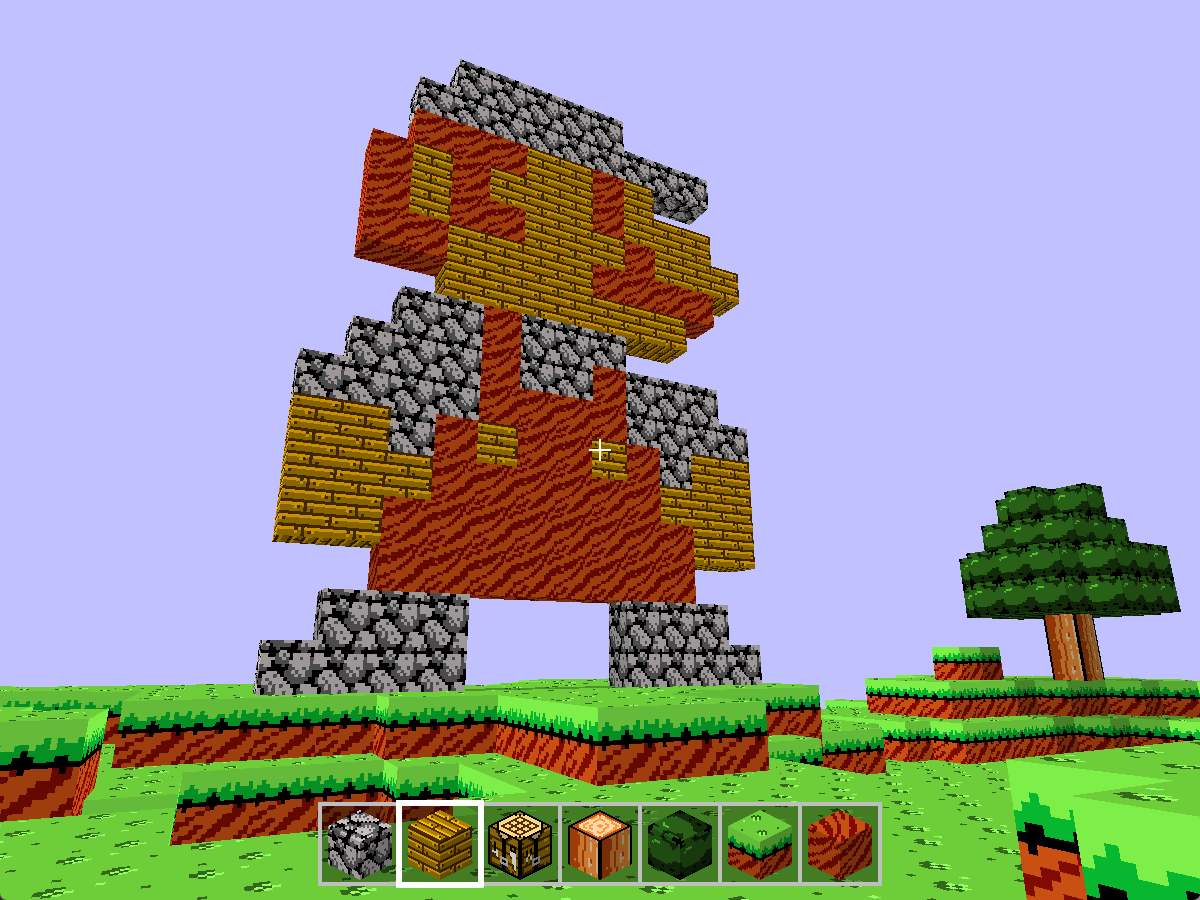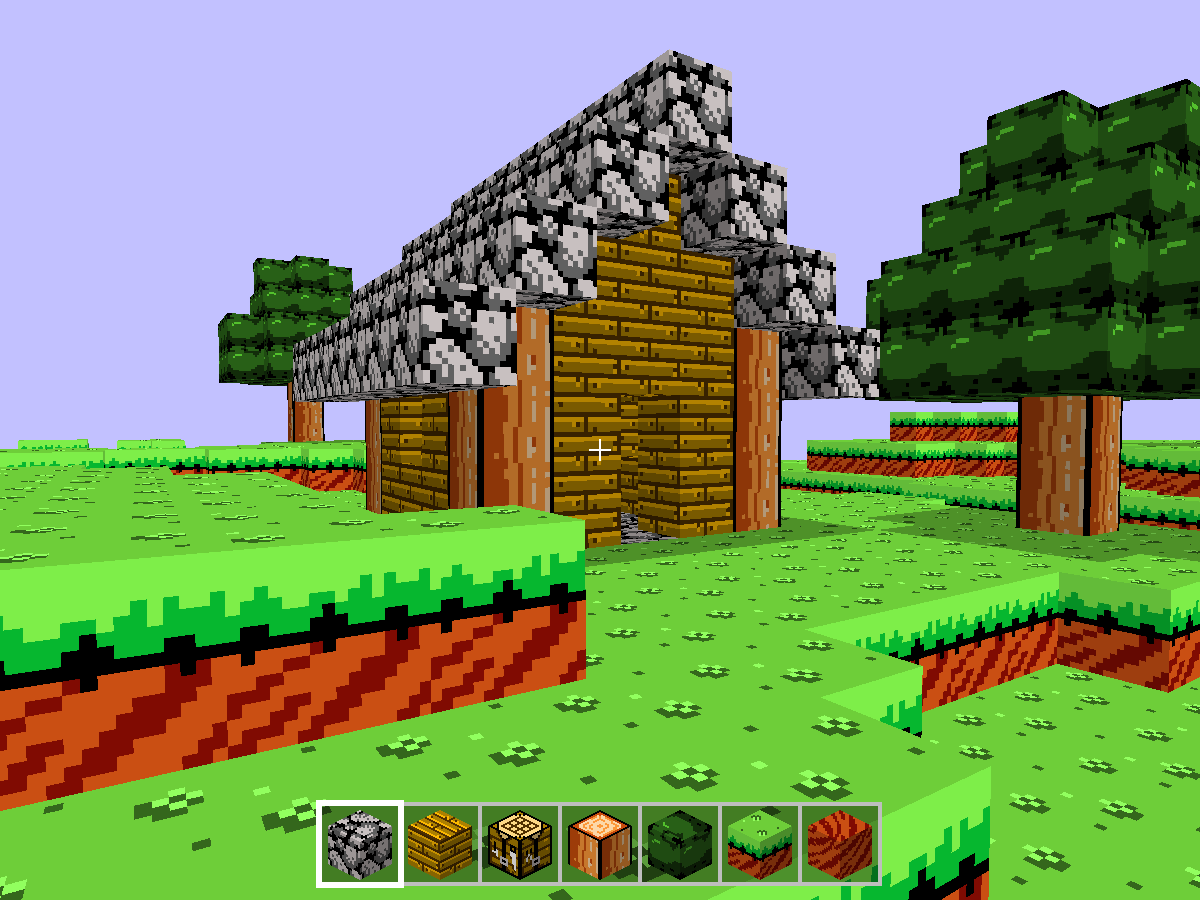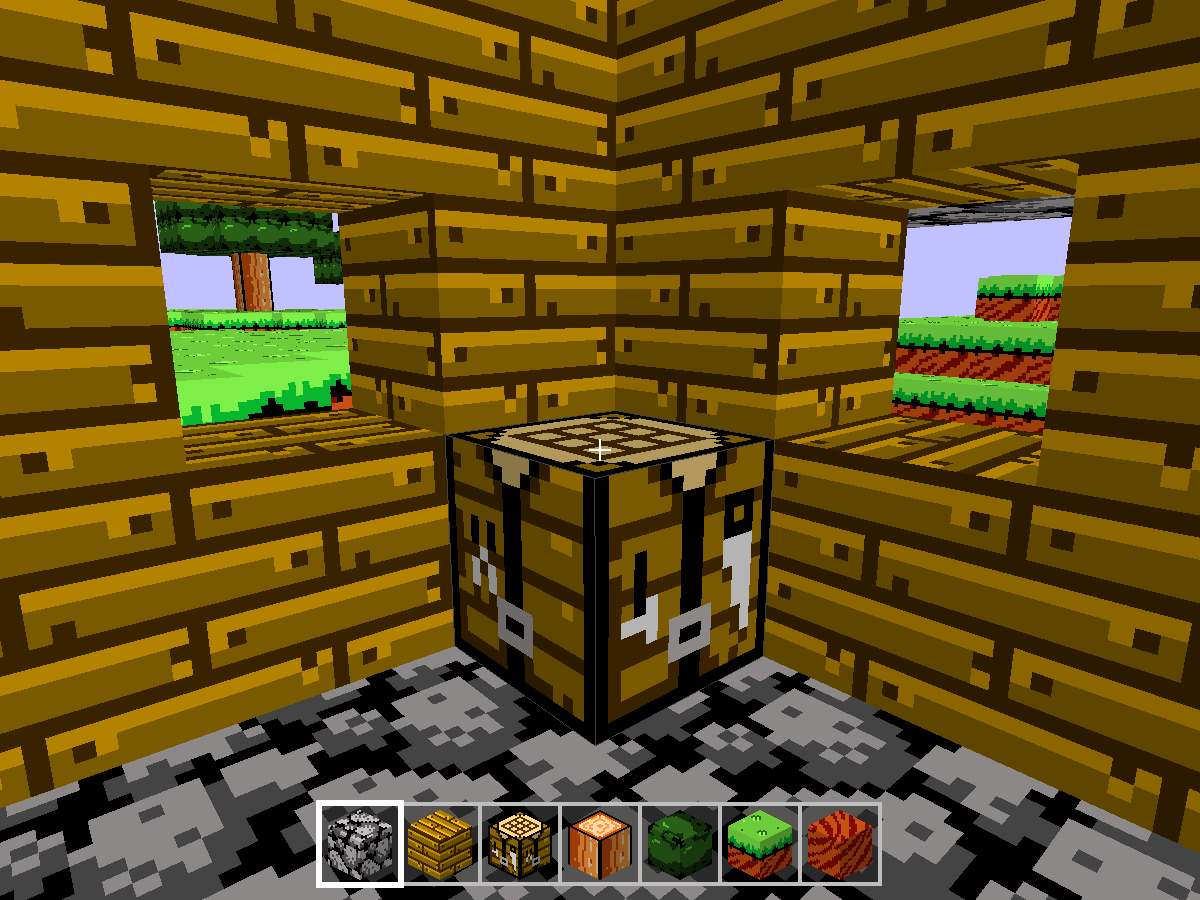Processing
1st / 2nd Semester BA Game Design | Game Technologies I / II | 2023 - 2024
Processing is a flexible software sketchbook and a language for learning how to code. Since 2001, Processing has promoted software literacy within the visual arts and visual literacy within technology. There are tens of thousands of students, artists, designers, researchers, and hobbyists who use Processing for learning and prototyping. From: processing.org
I was first introduced to Processing during the first semester of BA Game Design, fascinated by its simplicity and potential to quickly make simple games or interactive applications with it. While processing could (in theory) be used to render fully textured 2D or 3D games, I am mostly interested in making retro looking vector graphics games since such graphical styles are not as straightforward to reproduce in modern game engines such as Unity.
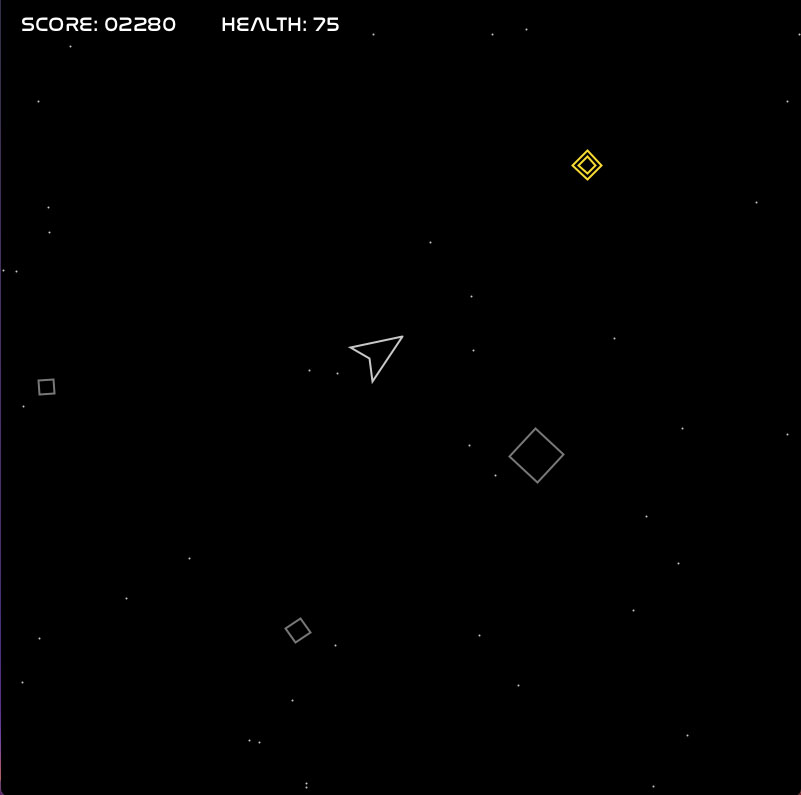
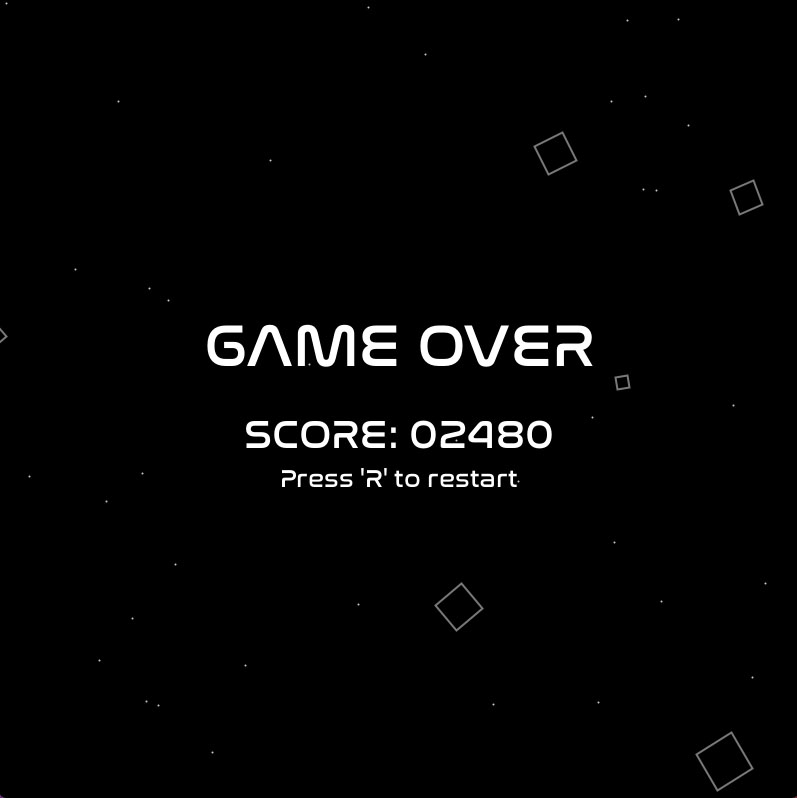
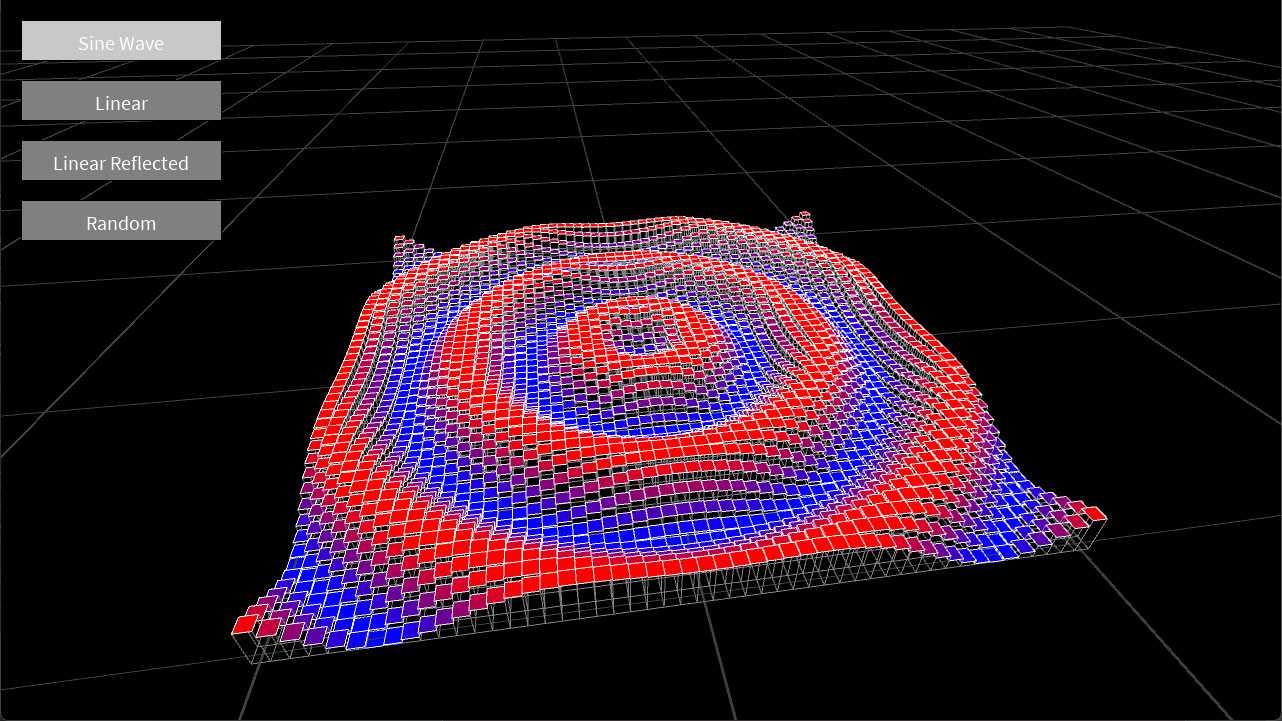
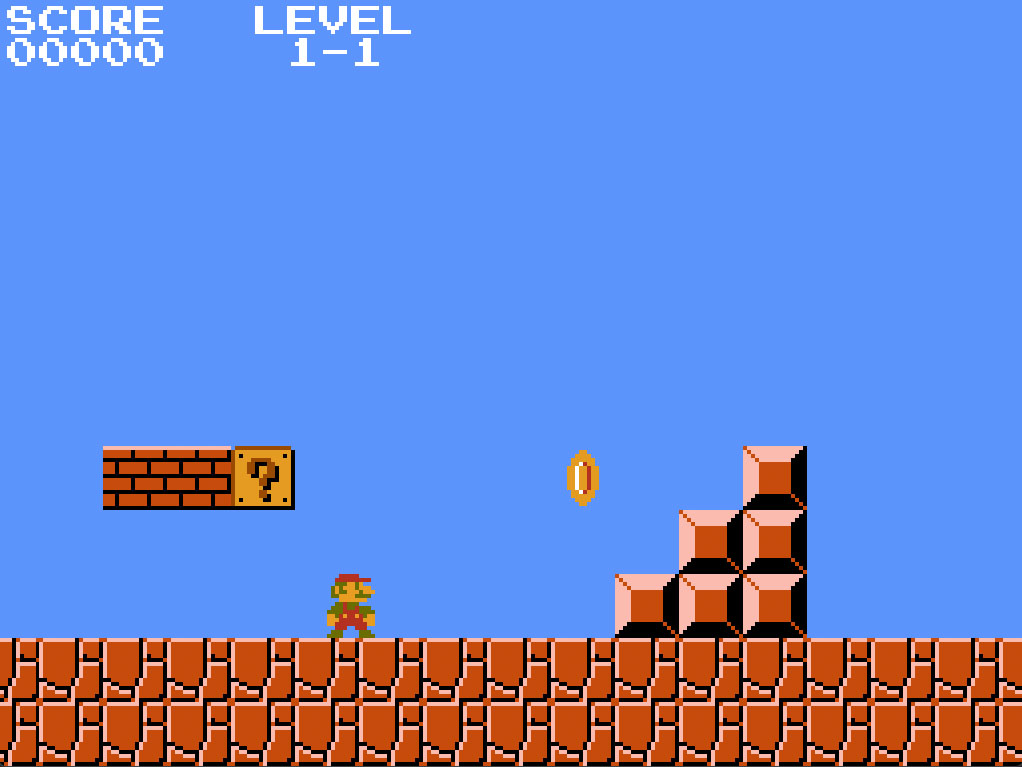
Flight Simulator
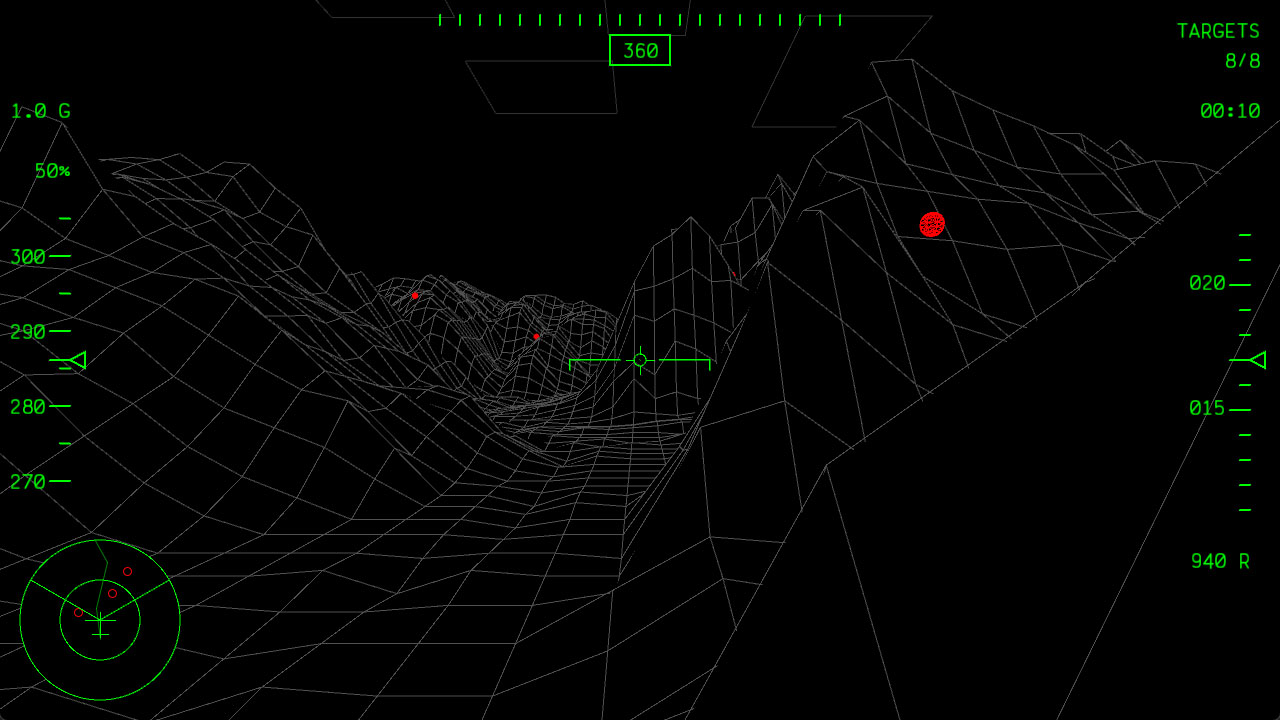

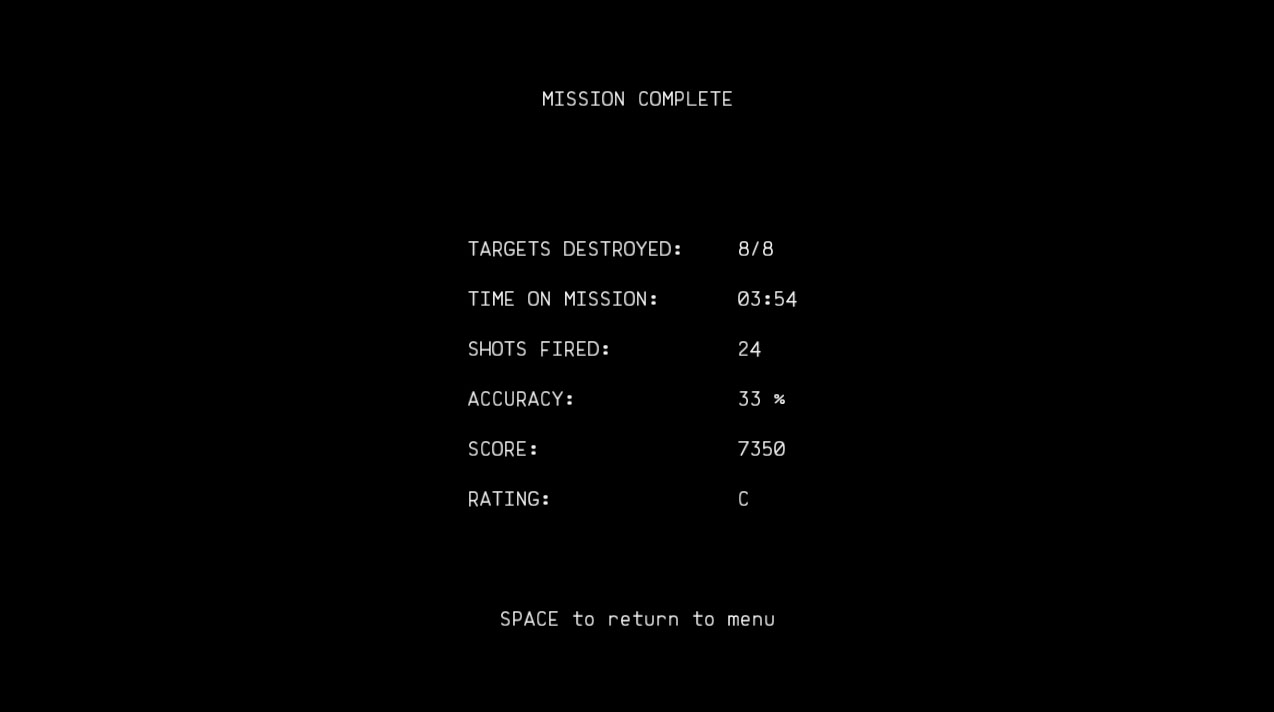
Maze Escape
Inspired by early 3D vector graphics games, especially the first person game Maze from 1973, I created a three-dimensional maze exploration game as a final project for Game Technologies I. The twist: players cannot backtrack. When players inevitably move into a dead end and are forced to turn back, they fall through the floor and respawn at the beginning of the maze. By remembering the layout of the maze over repeated attempts, players are eventually able to locate the exit at the far end. Power-ups scattered throughout the level help the player by allowing players to see the general direction towards the exit, seeing through walls, or even being able to break them.
The layout of the maze is randomly generated at the beginning of each playthrough.
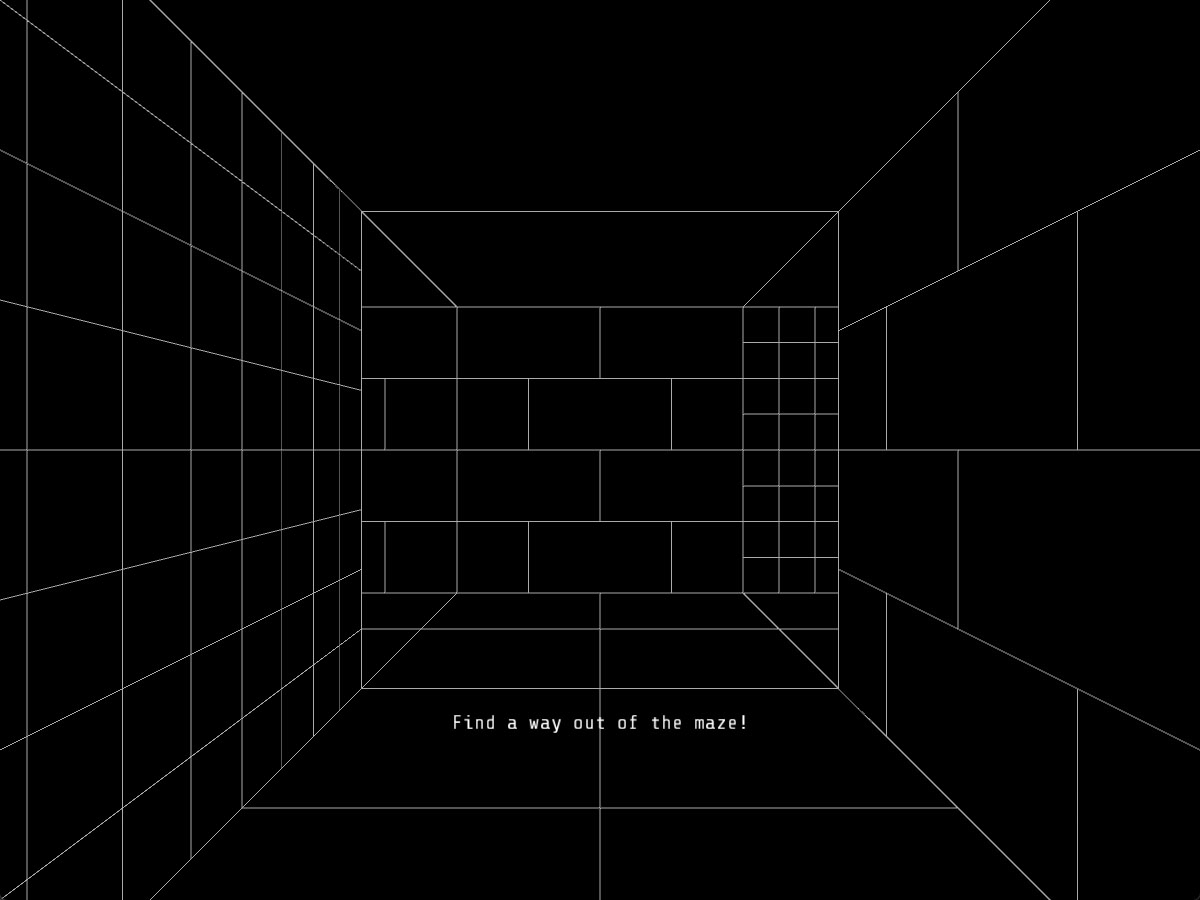
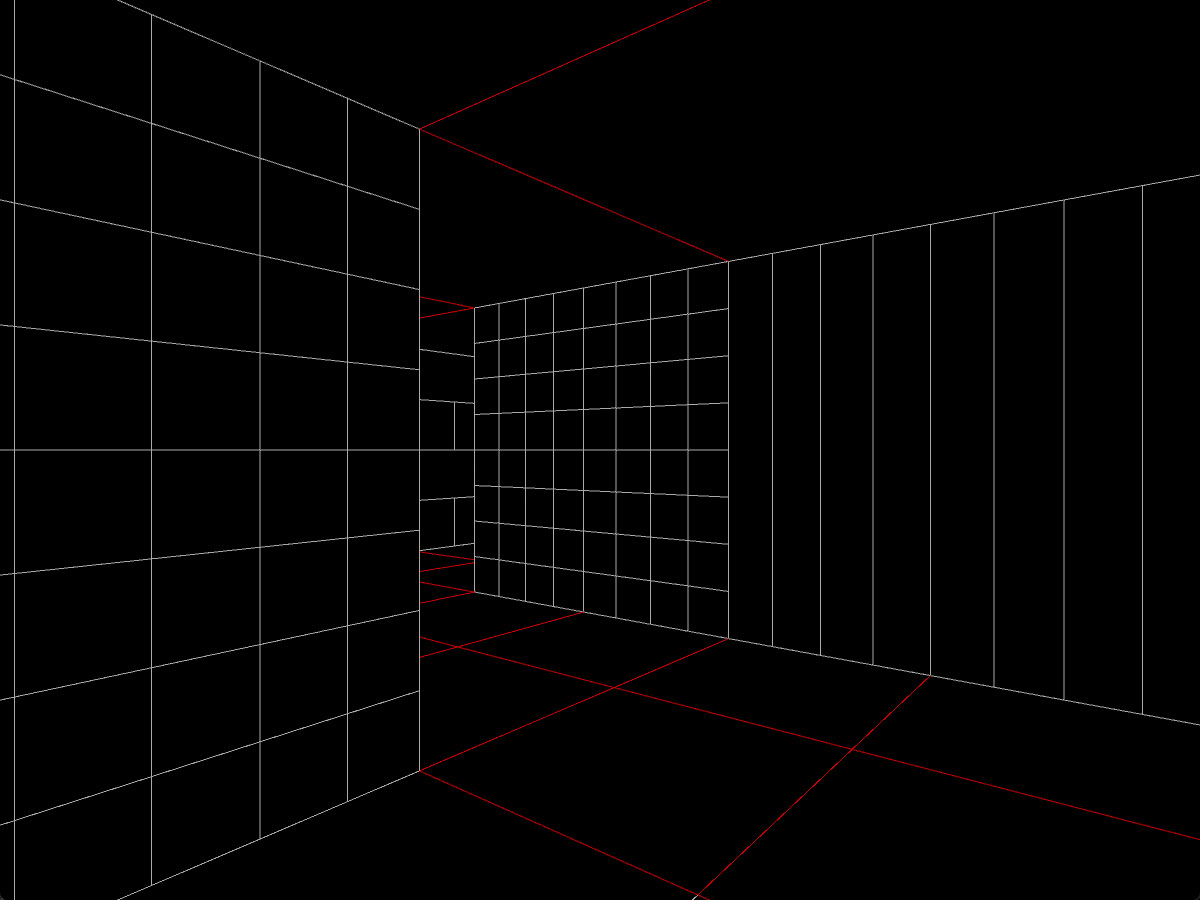
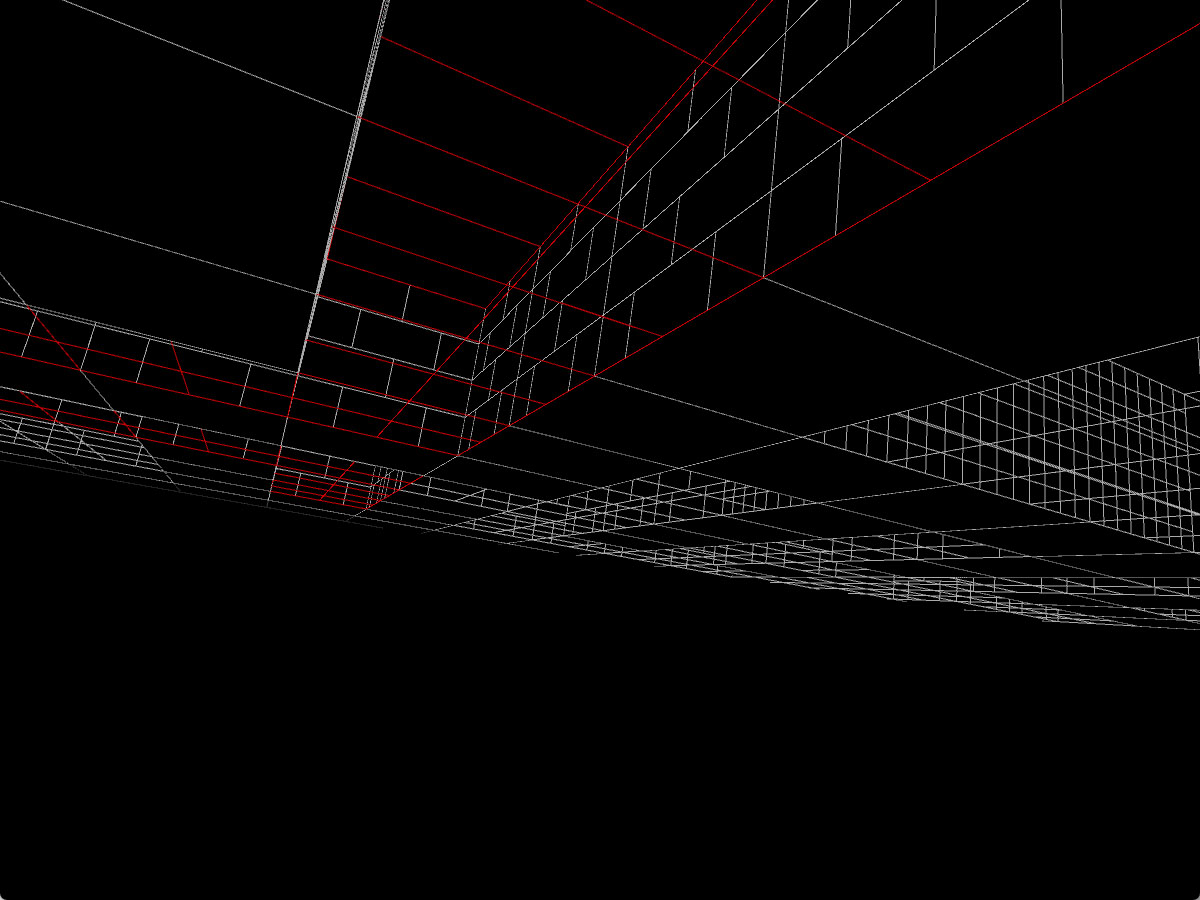
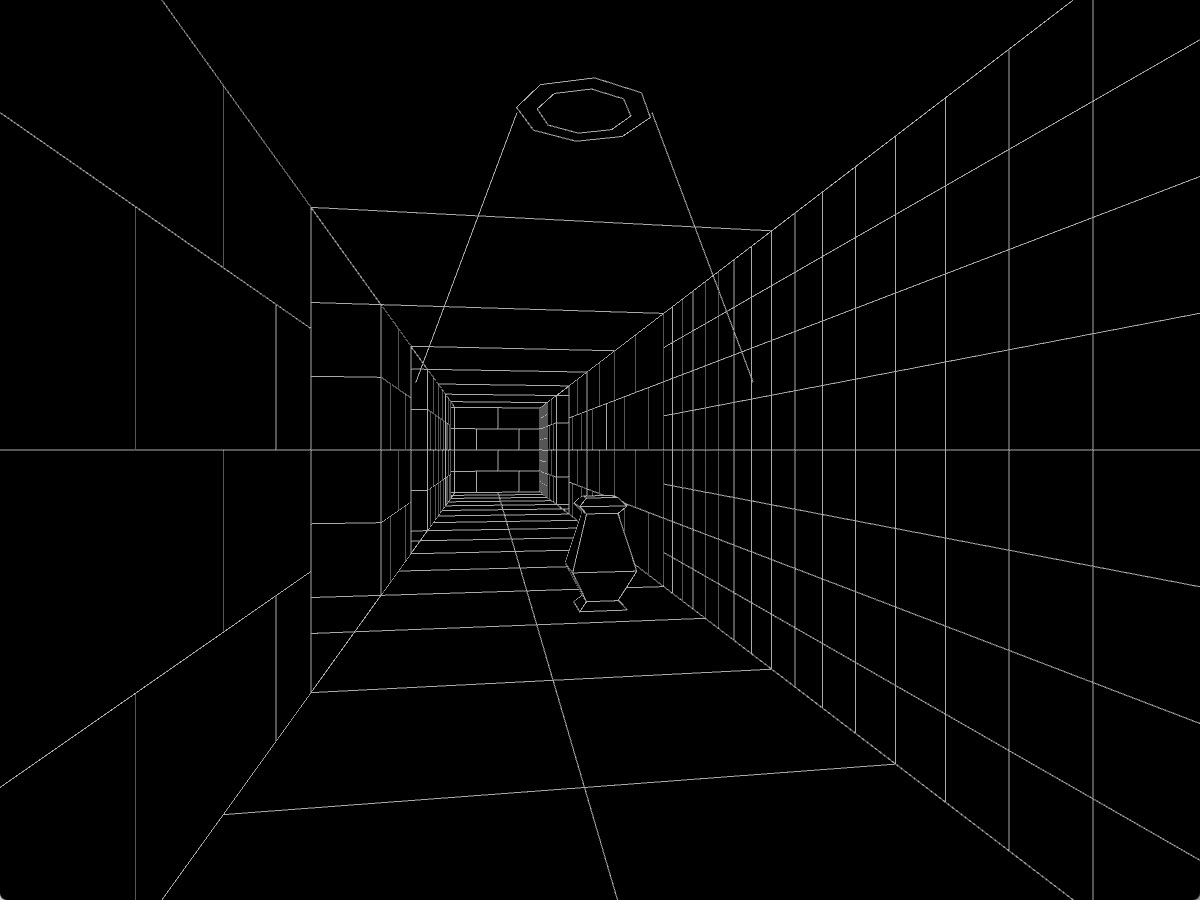
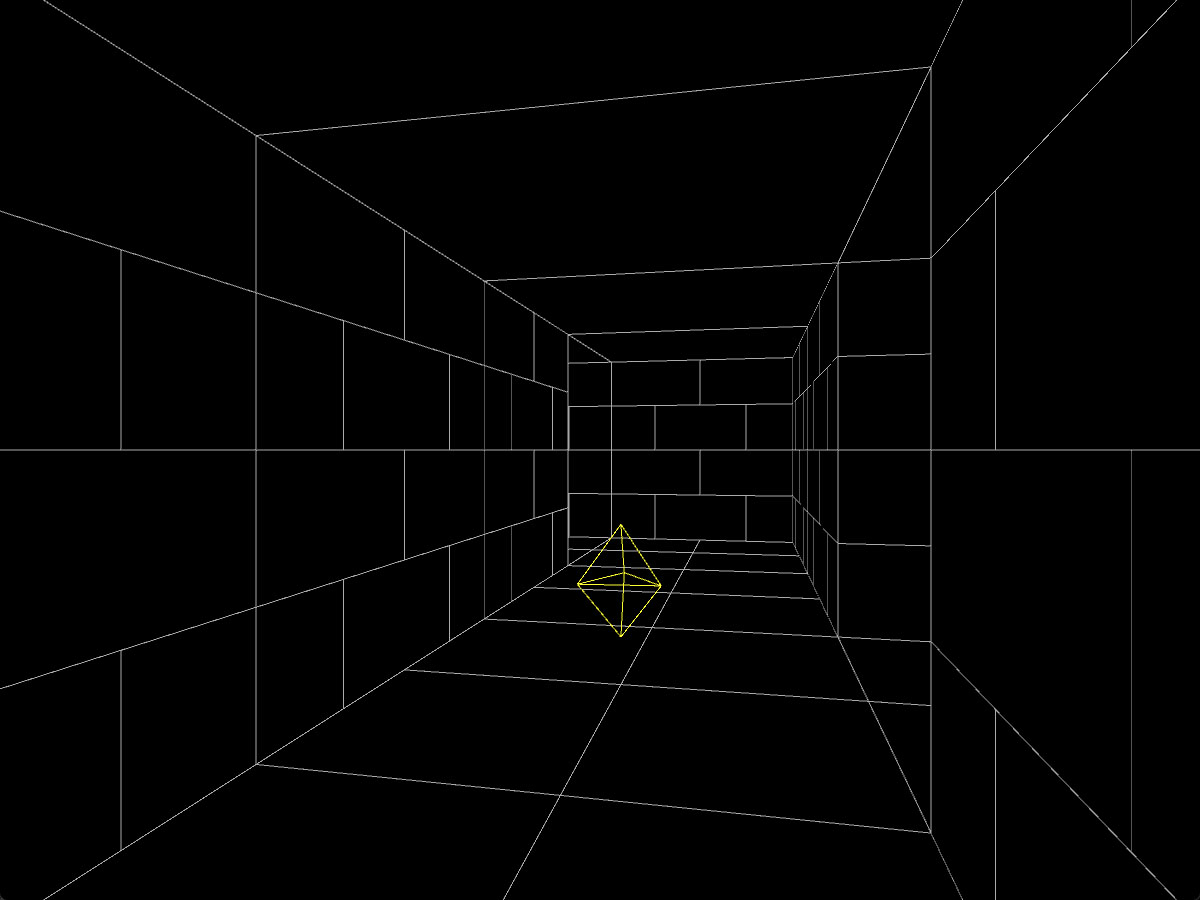
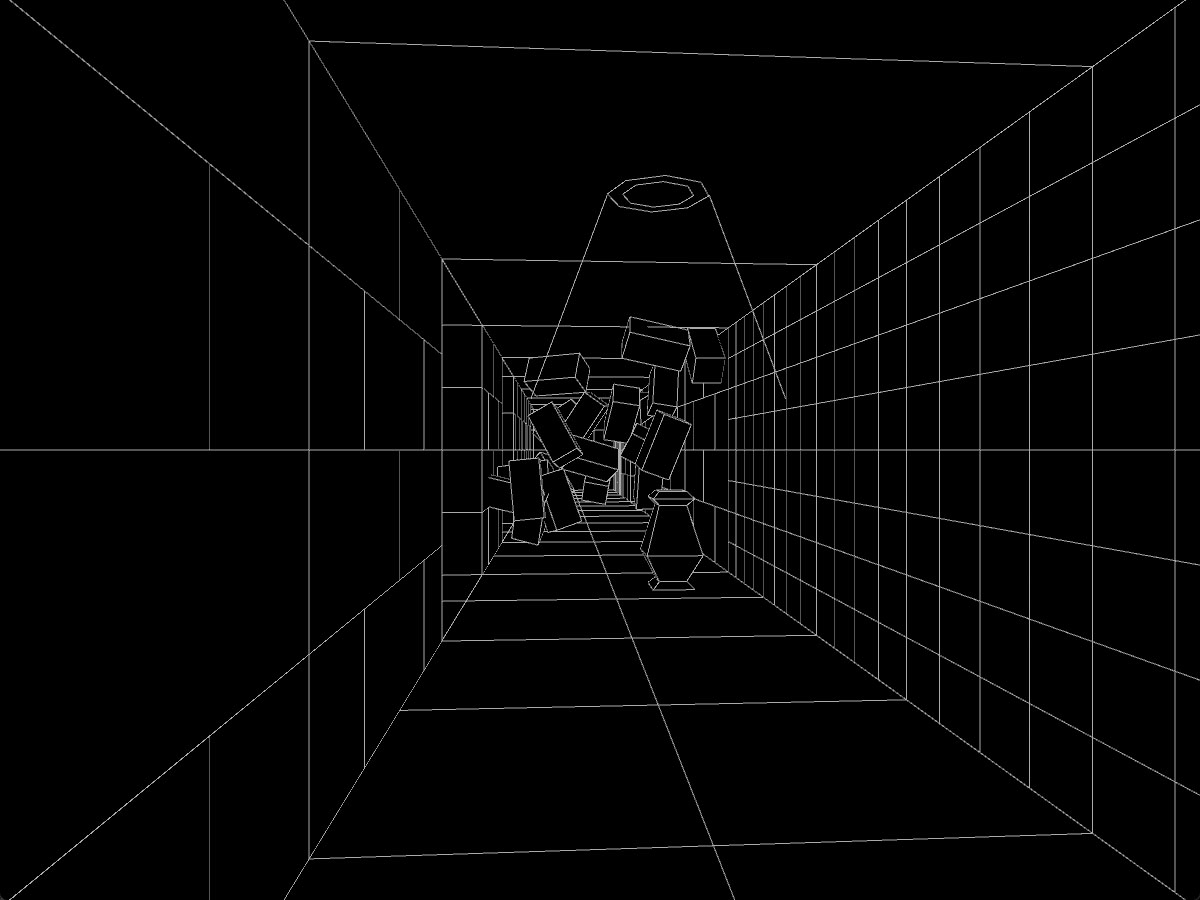
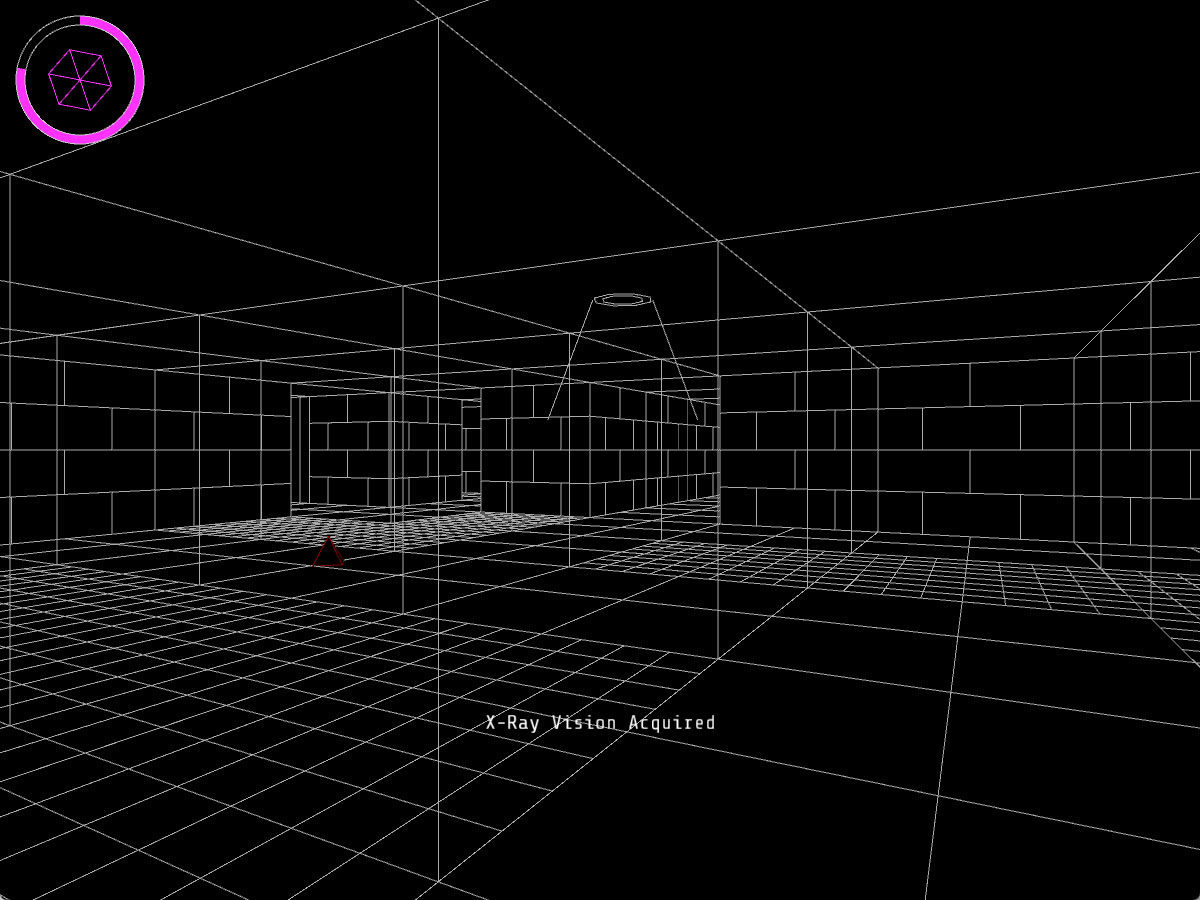
Minecraft Clone
As a little tech project at the beginning of Game Technologies II, I wanted to try and push processing to its limits by trying to make a playable Minecraft clone, which includes basic world generation, player movement and block placement.
Textures taken from: Retro NES Texture Pack
